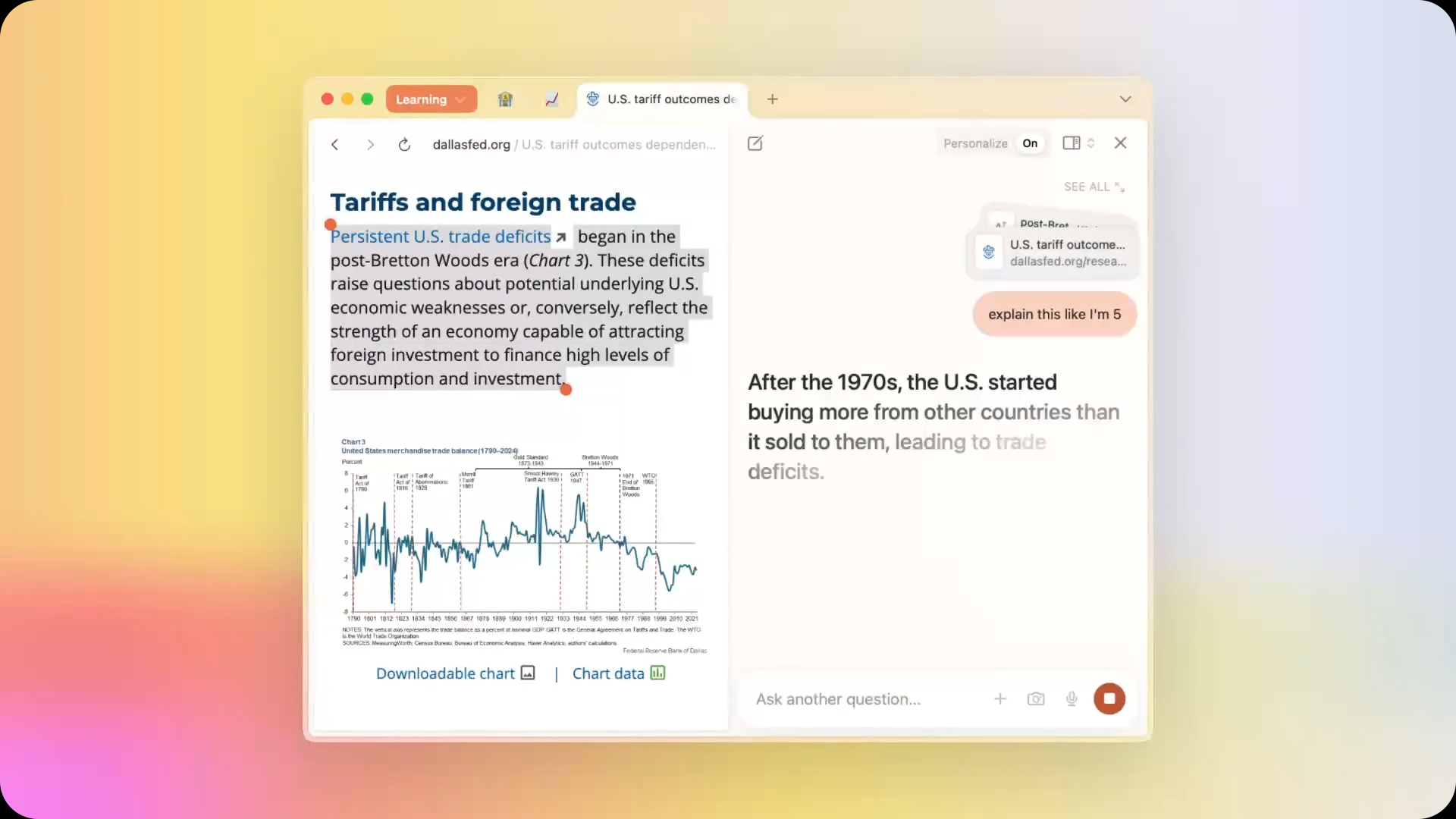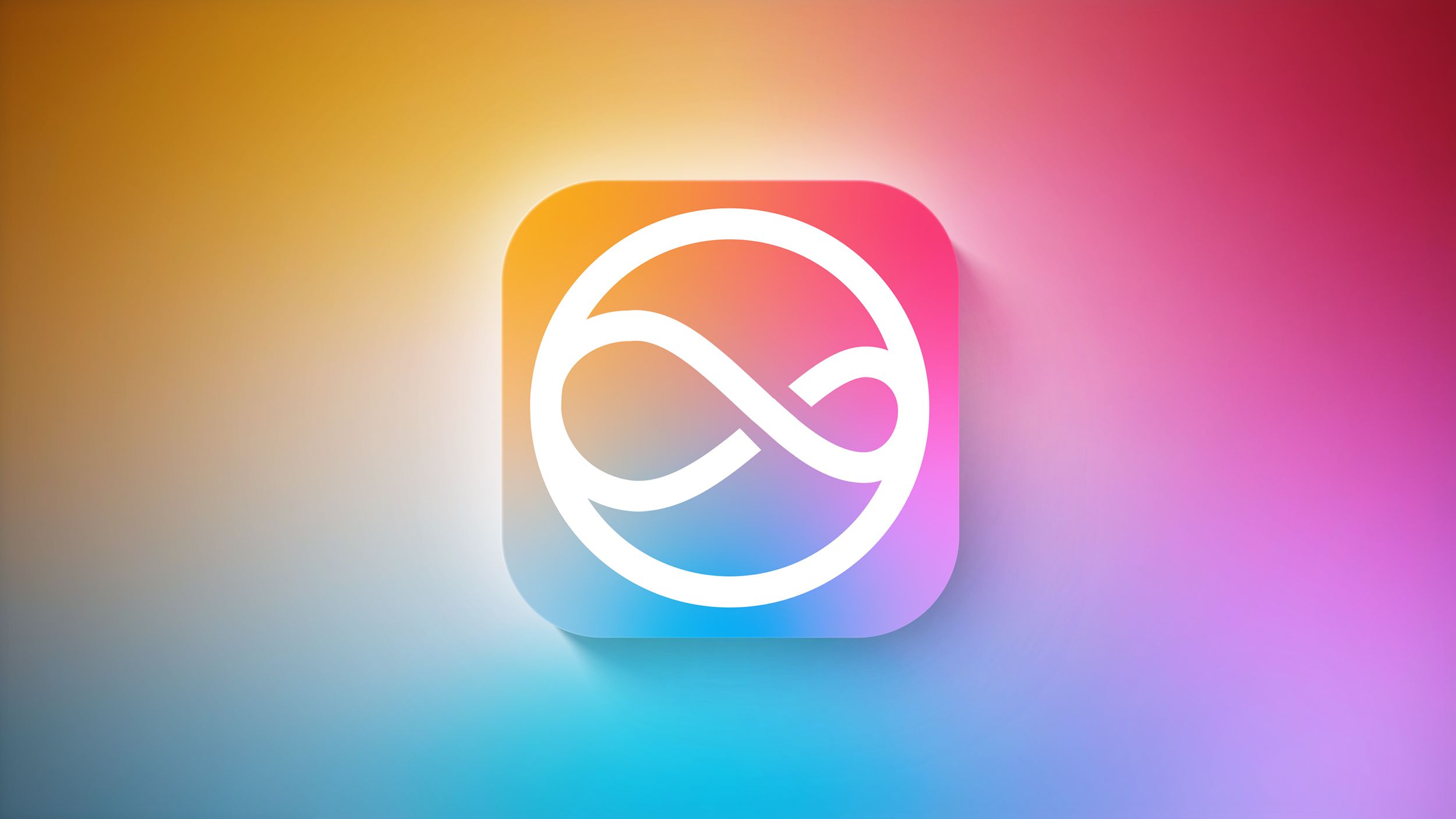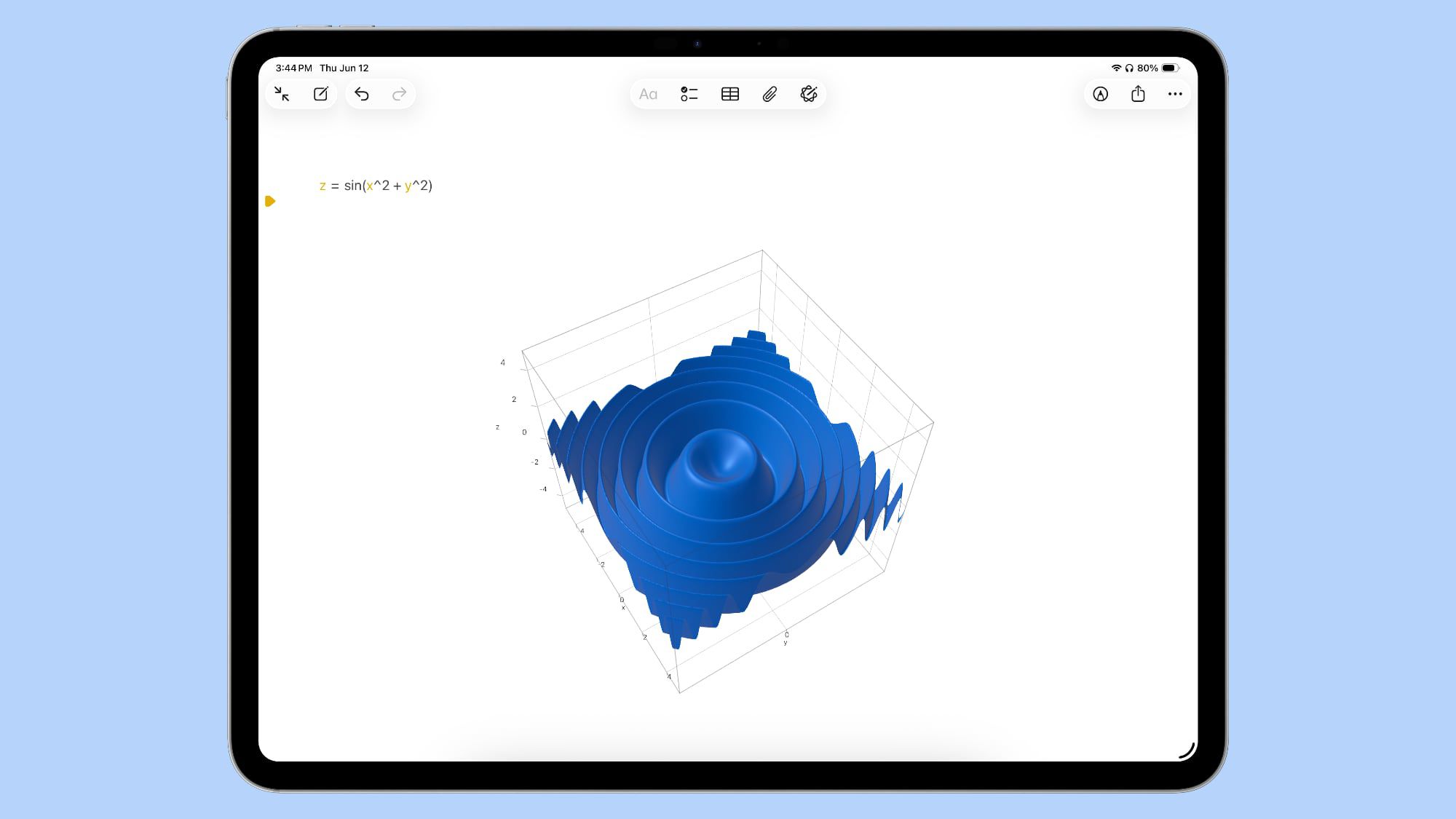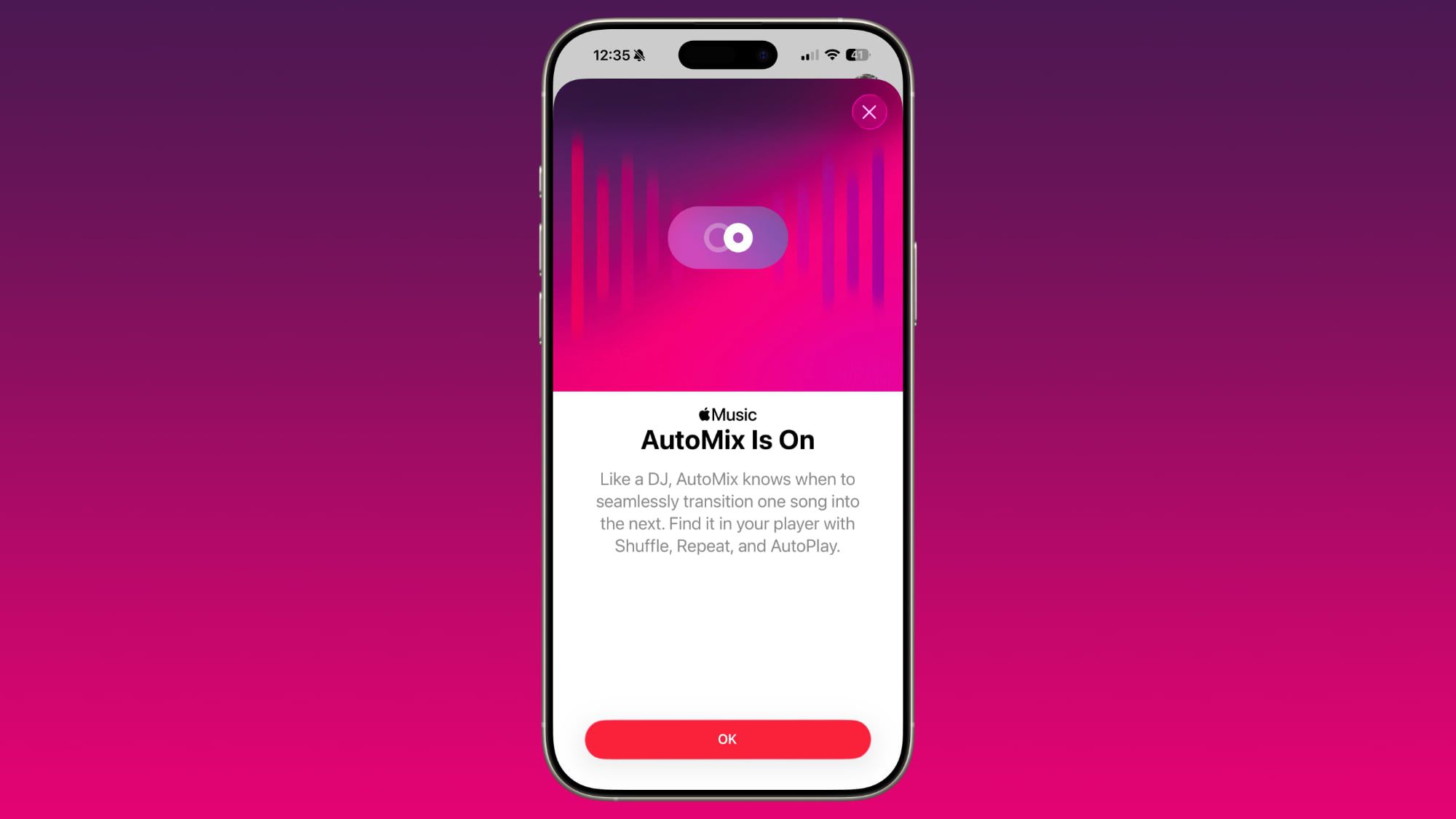How Much Does OpenAI’s o3 API Cost Now? (As of June 2025)
The o3 API—OpenAI’s premier reasoning model—has recently undergone a significant price revision, marking one of the most substantial adjustments in LLM pricing. This article delves into the latest pricing structure of the o3 API, explores the motivations behind the change, and provides actionable insights for developers aiming to optimize their usage costs.

What is the o3 API and why does its cost matter?
Defining the o3 API
The o3 API represents OpenAI’s flagship reasoning model, renowned for its advanced capabilities in coding assistance, mathematical problem-solving, and scientific inquiry. As part of OpenAI’s model hierarchy, it occupies a tier above the o3-mini and o1-series models, delivering superior accuracy and depth of reasoning.
Importance of pricing in AI adoption
Cloud-based LLMs operate on pay-as-you-go models, where token consumption directly translates to expense. For startups and research teams operating on tight budgets, even marginal cost differentials can influence technology selection, development velocity, and long-term sustainability.
What are the latest updates to O3 API pricing?
OpenAI announced on June 10, 2025, the arrival of O3-Pro, a powerful extension of the O3 family designed to prioritize reliability and advanced tool use over raw speed. Alongside this launch, the company cut the price of the standard O3 API by 80%, making it substantially more accessible for large-scale deployments .The price cut applies uniformly to both input and output tokens, with previous rates slashed by four-fifths. This adjustment represents one of the largest single price drops in the history of OpenAI’s API offering .
Standard O3 price cut
-
Original cost (pre-June 2025): Approximately $10 input / $40 output per 1 M tokens.
-
New cost (post-cut): $2 input / $8 output per 1 M tokens, representing an 80% reduction .
What about discounts for repeated inputs?
OpenAI didn’t stop at a straight price cut. They’ve also introduced a cached-input discount: if you feed the model text that’s identical to what you’ve already sent before, you only pay $0.50 per million tokens for that repeat content . That’s a clever way to reward workflows where you’re iterating on similar prompts or reusing boilerplate.
Is there a flex mode for balancing speed and cost?
Yes! In addition to the standard O3 tier, there’s now a “flex processing” option that gives you more control over latency vs. price. Flex mode runs at $5 per million input tokens and $20 per million output tokens, letting you dial up performance when you need it without defaulting to the top-tier O3 Pro model.
Batch API considerations
For workloads that tolerate asynchronous processing, OpenAI’s Batch API offers an additional 50% discount on both inputs and outputs. By queuing tasks over a 24-hour window, developers can further reduce costs to approximately $1 per million input tokens and $4 per million output tokens.
How does O3 compare to its competitors?
Where does it sit against Google’s Gemini 2.5 Pro?
Gemini 2.5 Pro charges anywhere from $1.25 to $2.50 per million input tokens, plus $10 to $15 per output million. On paper, at its highest input rate, Gemini can be on-par with O3’s $2 input rate—but Gemini’s output fees tend to be steeper. O3’s $8 per million outputs undercuts Gemini’s entry-level $10 while delivering deep reasoning performance.
How about Anthropic’s Claude Opus 4?
Claude Opus 4 comes in hot at $15 per million input and $75 per million output, with additional charges for read/write caching (around $1.50–$18.75). Even with batch-processing discounts, Claude remains significantly pricier—meaning if you’re cost-sensitive, O3 is now a far more budget-friendly choice for complex tasks.
Are there ultra-low-cost alternatives to consider?
Emerging players like DeepSeek-Chat and DeepSeek-Reasoner offer aggressively low rates—sometimes as little as $0.07 per cache “hit” and $1.10 per output during off-peak hours. But those savings often come with trade-offs in speed, reliability, or tool integrations. Now that O3 sits at a comfortable mid-range price with top-tier reasoning, you can get robust capabilities without a prohibitively high fee .
How Does o3 Pricing Compare to Other OpenAI Models?
Let’s put itss cost in context with other popular choices.
o3 vs. GPT-4.1
| Model | Input (per 1M tokens) | Output (per 1M tokens) |
|---|---|---|
| o3 | $2 | $8 |
| GPT-4.1 | $1.10 | $4.40 |
GPT-4.1 remains cheaper per token, but its superior reasoning on coding, math, and science tasks often offsets the difference in real-world usage.
o3 vs. o1 (Original Reasoning Model)
-
o1 input: $10 per 1M tokens
-
o1 output: $40 per 1M tokens
Even before the cut, o3 was positioned as a premium reasoning model—and now it’s a steal at 20% of o1’s price points.
What factors should developers consider when estimating API expenses?
Token usage patterns
Different applications consume tokens at varying rates:
-
Chatbots: Frequent back-and-forth interactions can accumulate large input and output tokens.
-
Batch processing: Large prompts or document summarization may incur high upfront input token costs.
Context window size
The expanded 200K-token context window of o3 allows for processing longer documents in a single call, potentially reducing per-unit prompt fragmentation and overall cost by minimizing repeated overhead.
Caching and reuse
Employing a caching layer for repetitive prompts or common query patterns can dramatically lower input token consumption. Cached tokens are billed at a reduced rate (25% of standard input pricing when using Batch API), amplifying savings.
How can developers optimize costs when using o3 API?
Leverage the Batch API
By routing non-time-sensitive tasks through the Batch API, teams can halve their per-token expense without sacrificing model performance.
Implement prompt engineering
-
Concise prompts: Streamline instructions to minimize superfluous tokens.
-
Template reuse: Standardizing prompt structures reduces variation and enhances cache hit rates.
Monitor and analyze usage
Integrating usage dashboards or automated alerts when token consumption exceeds thresholds allows proactive adjustments. Regular audits of prompt design and call frequency can unearth inefficiencies.
Explore fine-tuning judiciously
While fine-tuned models incur additional training costs, a well-tuned variant can reduce token usage per task by delivering more precise outputs, potentially offsetting the initial investment.
Getting Started
CometAPI provides a unified REST interface that aggregates hundreds of AI models—under a consistent endpoint, with built-in API-key management, usage quotas, and billing dashboards. Instead of juggling multiple vendor URLs and credentials.
Developers can access (model name: o3-2025-04-16) through , the latest models listed are as of the article’s publication date. To begin, explore the model’s capabilities in the and consult the for detailed instructions. Before accessing, please make sure you have logged in to CometAPI and obtained the API key. offer a price far lower than the official price to help you integrate.
Conclusion
The 80% price cut for the o3 API marks a watershed moment in the commercialization of advanced AI models. By lowering per-token expenses to $2 for inputs and $





















































































































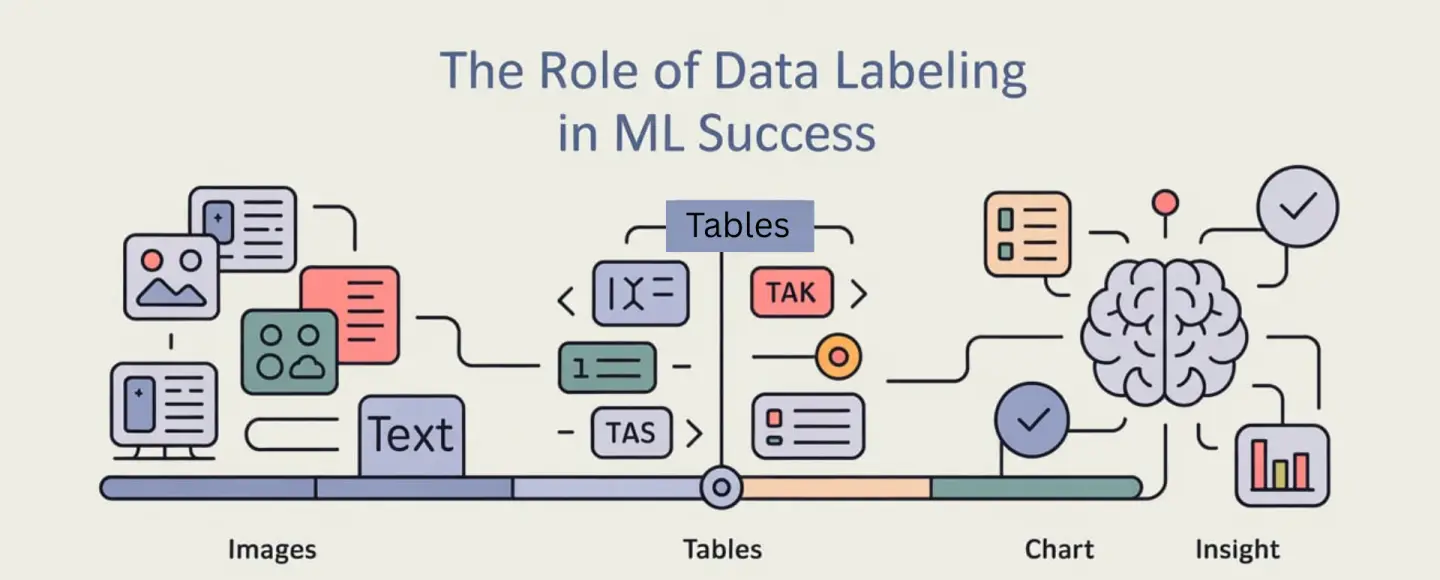
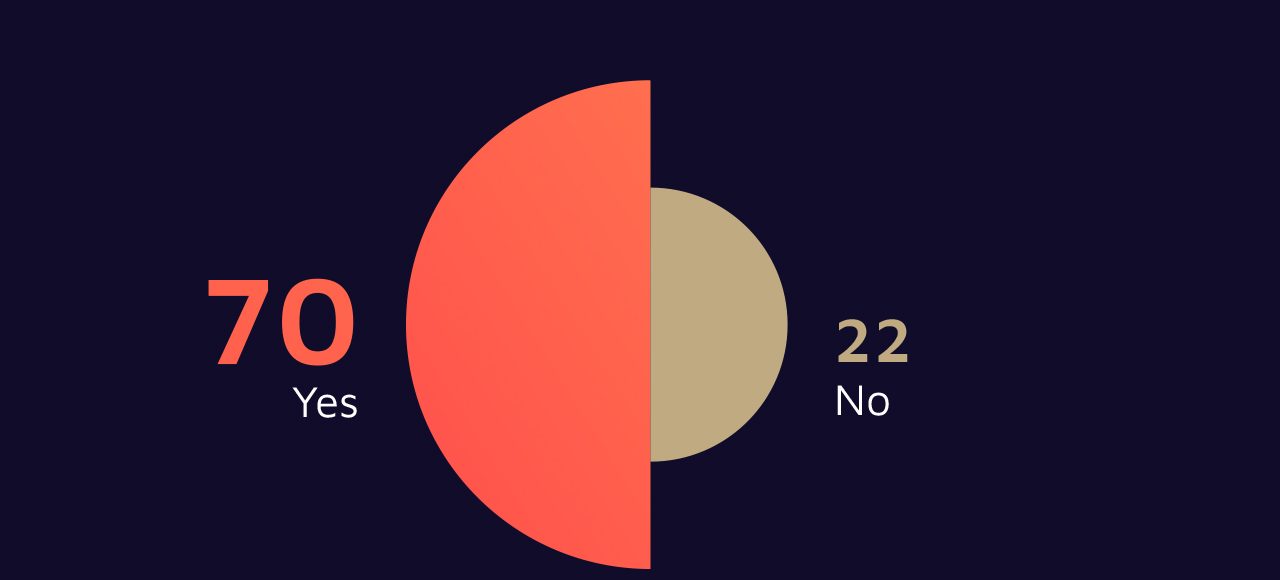























































![[The AI Show Episode 152]: ChatGPT Connectors, AI-Human Relationships, New AI Job Data, OpenAI Court-Ordered to Keep ChatGPT Logs & WPP’s Large Marketing Model](https://www.marketingaiinstitute.com/hubfs/ep%20152%20cover.png)


























































































































![[DEALS] Microsoft Visual Studio Professional 2022 + The Premium Learn to Code Certification Bundle (97% off) & Other Deals Up To 98% Off](https://www.javacodegeeks.com/wp-content/uploads/2012/12/jcg-logo.jpg)











































































































































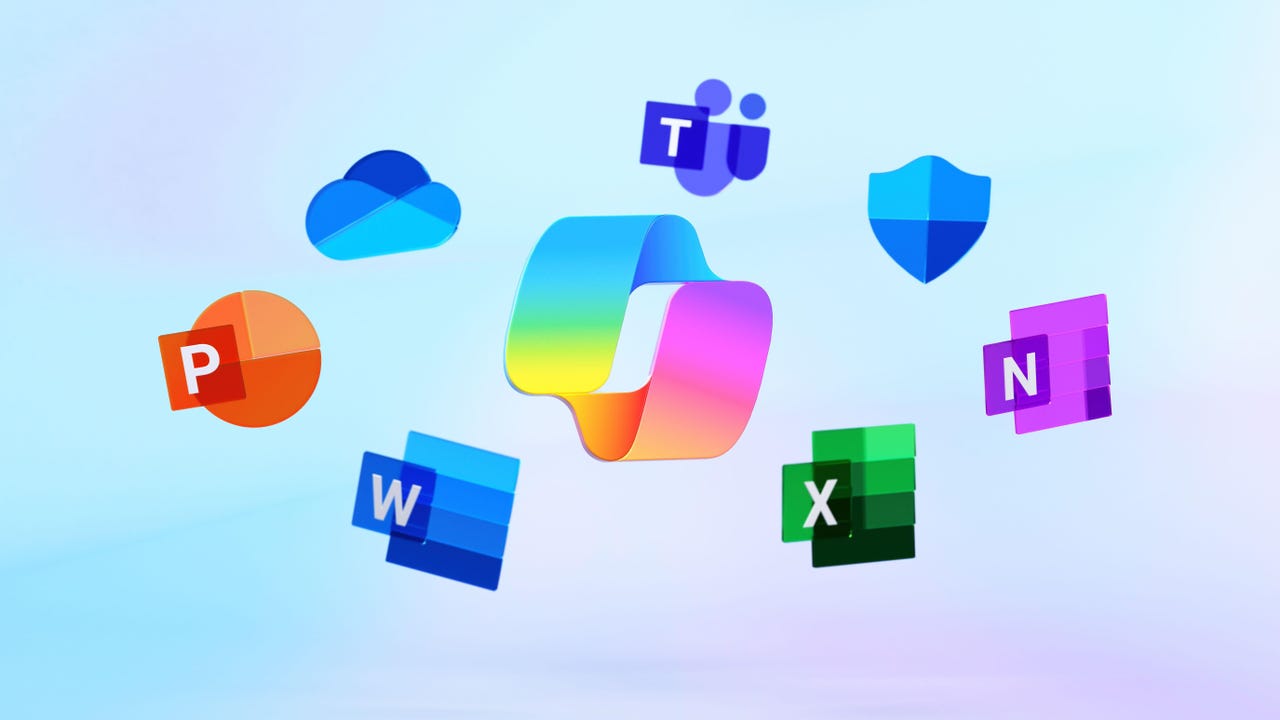














































































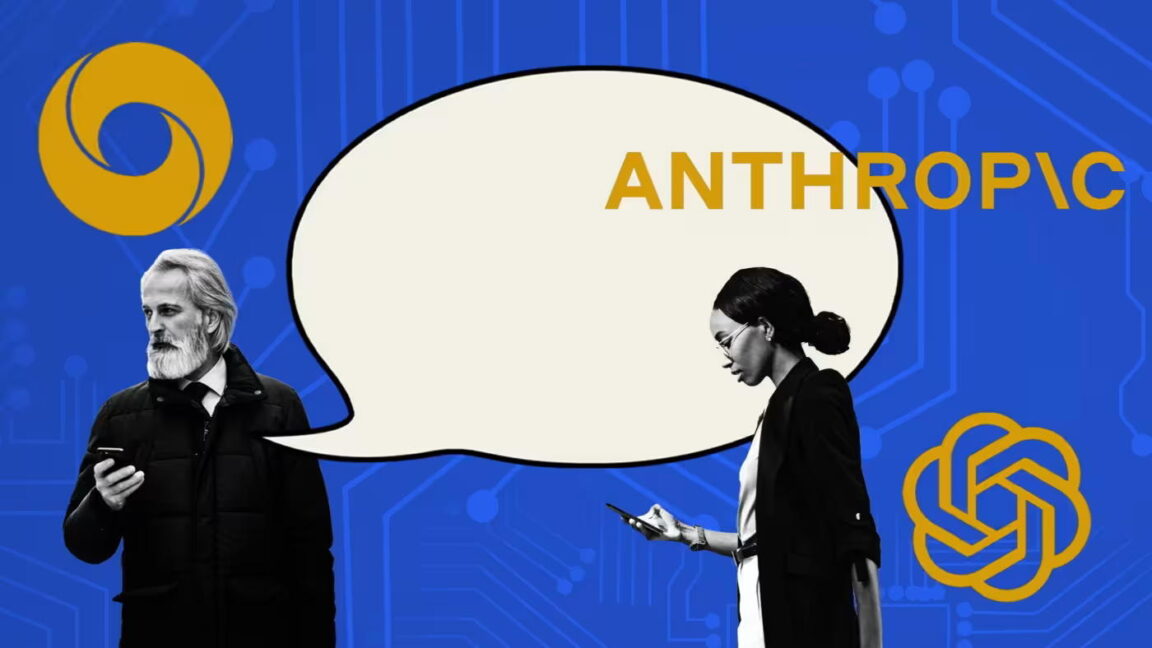




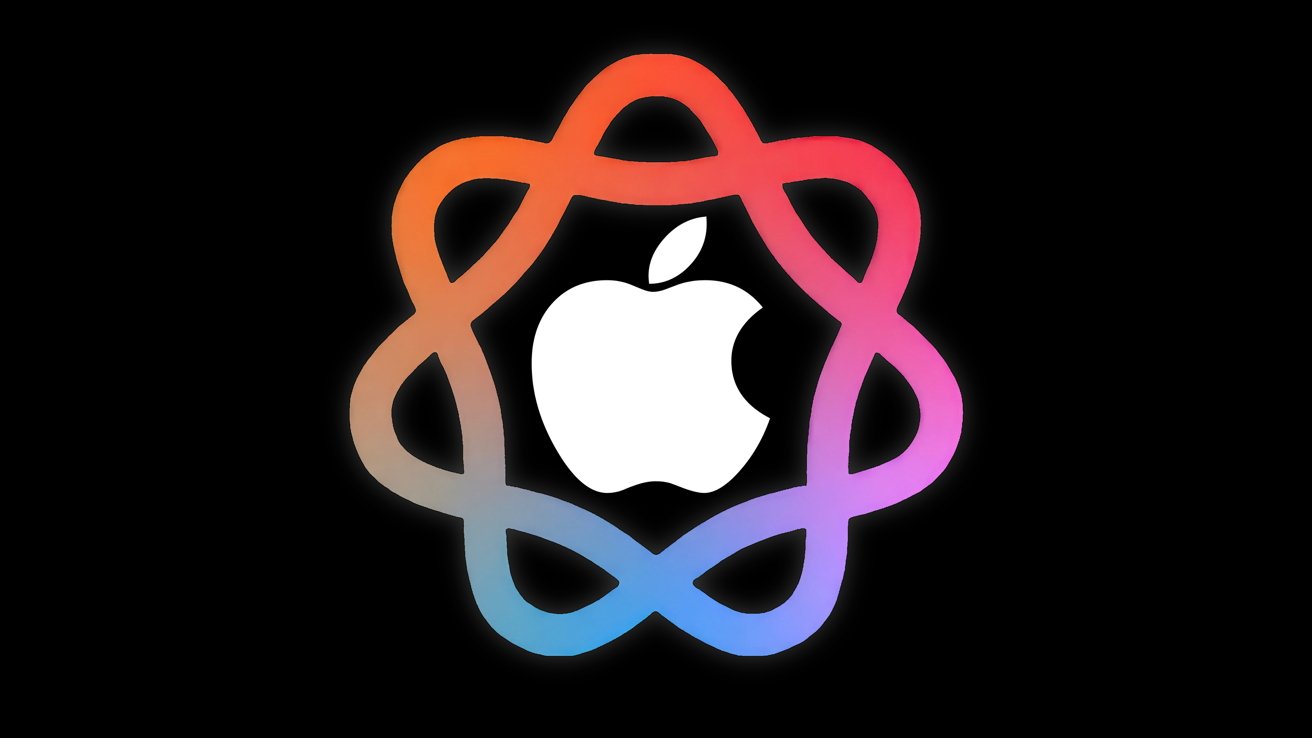







![PSA: Widespread internet outage affects Spotify, Google, Discord, Cloudflare, more [U: Fixed]](https://i0.wp.com/9to5mac.com/wp-content/uploads/sites/6/2024/07/iCloud-Private-Relay-outage-resolved.jpg?resize=1200%2C628&quality=82&strip=all&ssl=1)





















![Apple Shares Teaser Trailer for 'The Lost Bus' Starring Matthew McConaughey [Video]](https://www.iclarified.com/images/news/97582/97582/97582-640.jpg)


















